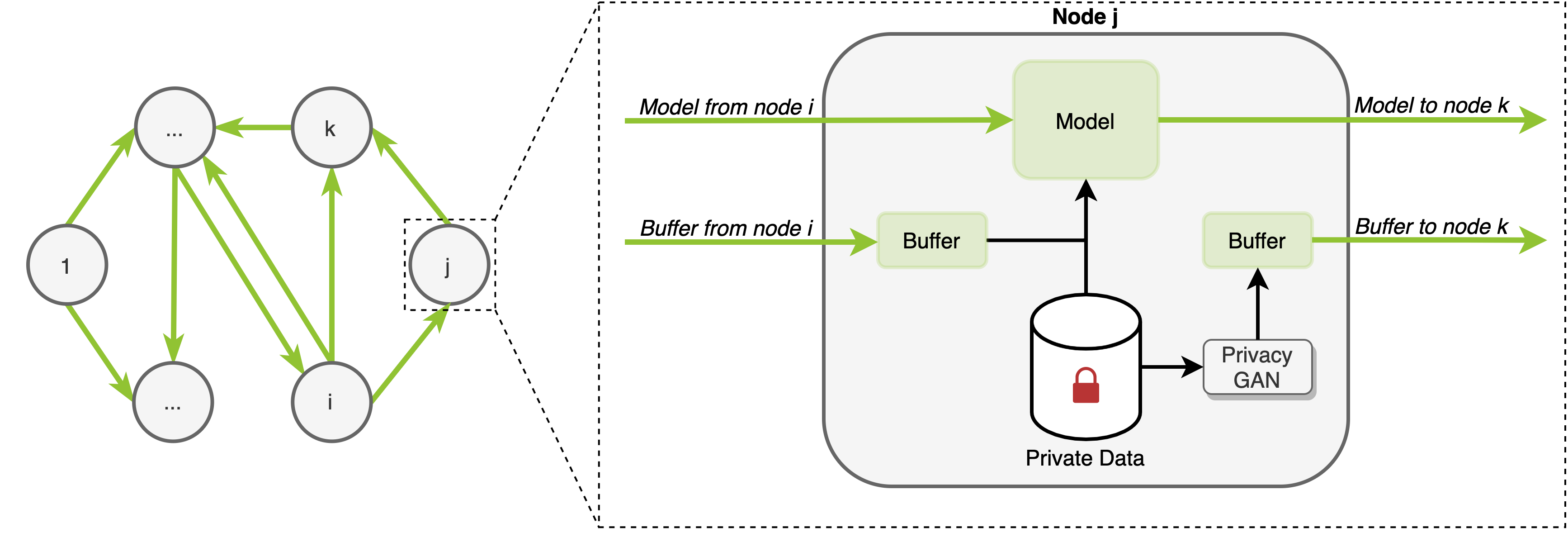FedER: Federated Learning through Experience Replay and Privacy-Preserving Data Synthesis
In the medical field, multi-center collaborations are often sought to yield more generalizable findings by leveraging the heterogeneity of patient and clinical data. However, recent privacy regulations hinder the possibility to share data, and consequently, to come up with machine learning-based solutions that support diagnosis and prognosis. Federated learning (FL) aims at sidestepping this limitation by bringing AI-based solutions to data owners and only sharing local AI models, or parts thereof, that need then to be aggregated. However, most of the existing federated learning solutions are still at their infancy and show several shortcomings, from the lack of a reliable and effective aggregation scheme able to retain the knowledge learned locally to weak privacy preservation as real data may be reconstructed from model updates. Furthermore, the majority of these approaches, especially those dealing with medical data, relies on a centralized distributed learning strategy that poses robustness, scalability and trust issues. In this paper we present a federated and decentralized learning strategy, FedER, that, exploiting experience replay and generative adversarial concepts, effectively integrates features from local nodes, providing models able to generalize across multiple datasets while maintaining privacy. FedER is tested on two tasks -- tuberculosis and melanoma classification -- using multiple datasets in order to simulate realistic non-i.i.d. medical data scenarios. Results show that our approach achieves performance comparable to standard (non-federated) learning and significantly outperforms state-of-the-art federated methods in their centralized (thus, more favourable) formulation. Code is available at https://github.com/perceivelab/FedER
PDF Abstract

